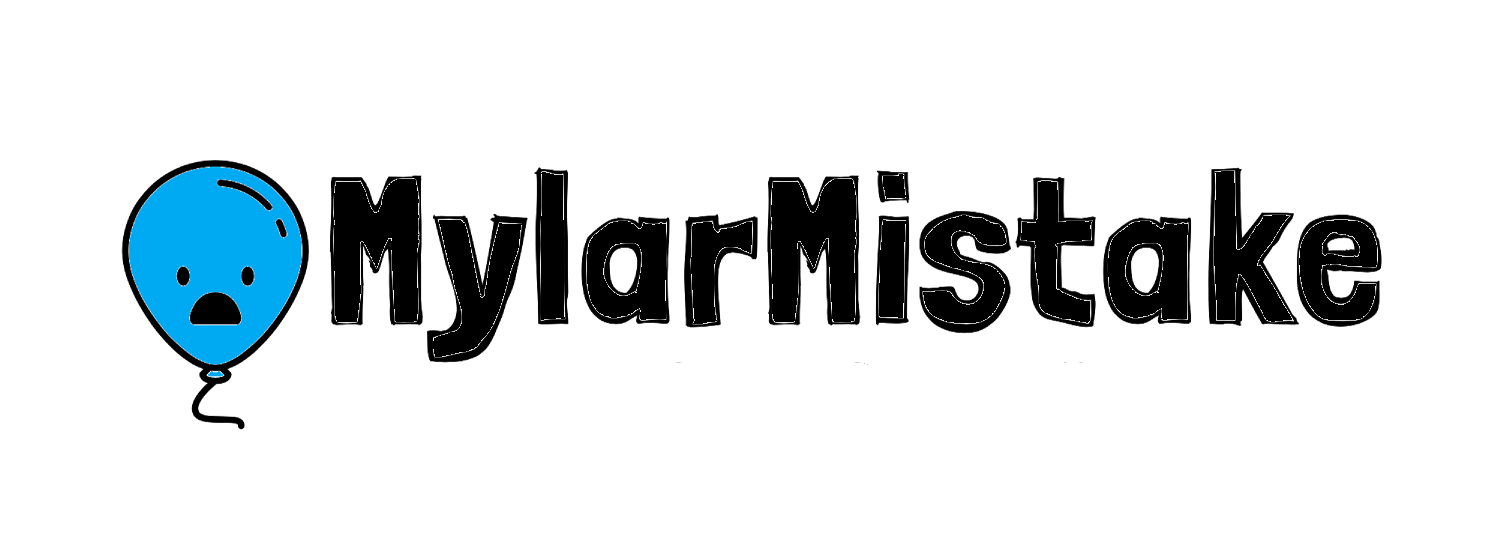Clear water, abundant marine life, untouched island, Mylar balloon. Mylar balloon?! This was my exact reaction when my Girl Scout troop went on a kayaking trip in 2018 to one of the California Channel Islands, Anacapa Island. The natural, pristine beauty of the ocean was disrupted when our kayaking guide pulled out multiple Mylar balloons from the water. I was shocked to see how many of these balloons we had found as a group, all of which had come from the California mainland.
It was an amazing kayaking trip, but I had a heavy heart. How could something that brings so much joy be so destructive? I began to research online about Mylar balloons and ocean pollution, and I was alarmed to learn how much these balloons contribute to litter in the ocean, called “blight.”
I knew that I had to take action because this environmental problem is greatly unknown by the public. With this in mind, I created MylarMistake to be my Girl Scout Gold Award community service project and to help combat this issue.
For years, the term “Mylar” has been mistakenly used as a generic term to describe a range of different plastic films. However, Mylar® is actually the brand name for a thin plastic polyester film, known as BoPET (Biaxially oriented PET film). Mylar is used most commonly for packaging in the food industry, especially when coated with a thin layer of metal. Balloons are commonly made from this polyester film material and are called “foil balloons” when they are covered with the shiny, thin metal.
Mylar and foil balloons are extremely difficult to recycle. This means that when you purchase a Mylar balloon, that balloon will either go into the ocean or go into the landfill. Most of the time, they end up blowing into the ocean, destroying its bountiful environments, creating a hazard to the local marine life, and adding to the 8 million tons of plastic pollution that enter our oceans annually. Along with all other plastic in the ocean, animals misinterpret Mylar balloons as food, especially when they become clear over time and look similar to jellyfish. In addition, the balloon strings can entangle and strangle marine life. Now, is buying that balloon truly worth it?
Luckily, there are solutions to this problem! Mylar can be reduced and repurposed. By simply using alternatives to Mylar balloons, such as paper or more eco-friendly decorations, you are helping the ocean be more Mylar-free. Or, it is easy enough to reuse these balloons or turn them into something new by getting crafty.
New companies such as TerraCycle®️ have made it their goal to “make the unrecyclable, recyclable.” TerraCycle offers “Zero Waste Box” solutions for difficult-to-recycle waste, such as Mylar and Mylar balloons, that cannot be recycled through standard recycling processes.
It is time for us to change our thinking and purchasing habits for our life events and celebrations. This problem will greatly increase and cause much more havoc on the local environment if we don’t act now. The good news is that more and more people are becoming aware of this issue taking place. To join this movement and learn more about how you can make a difference, check out mylarmistake.com.

